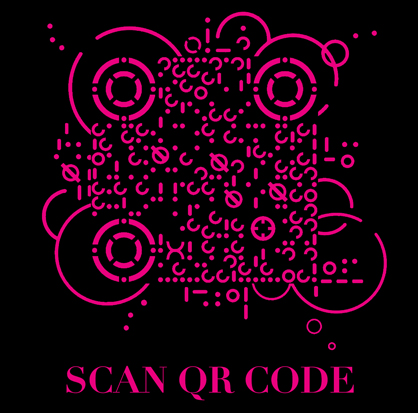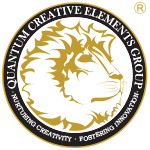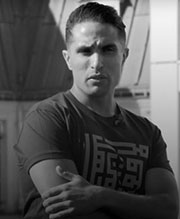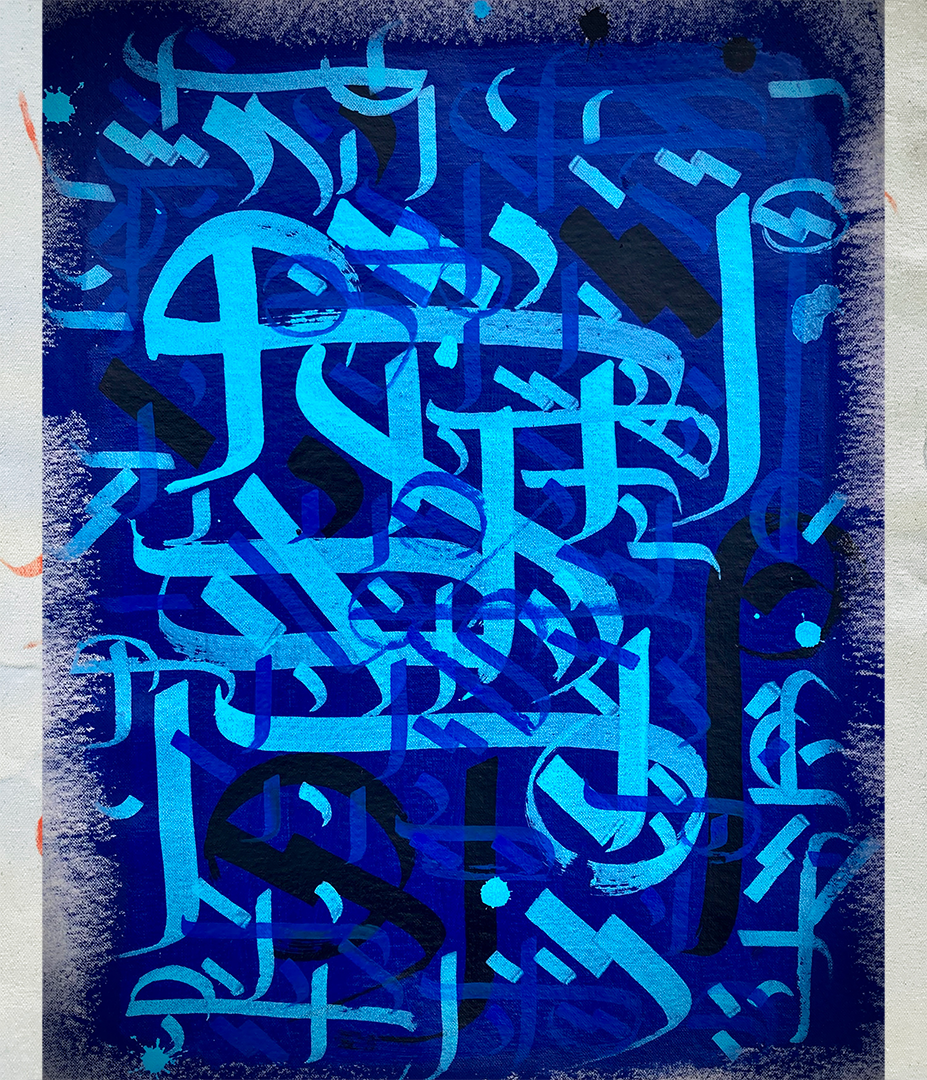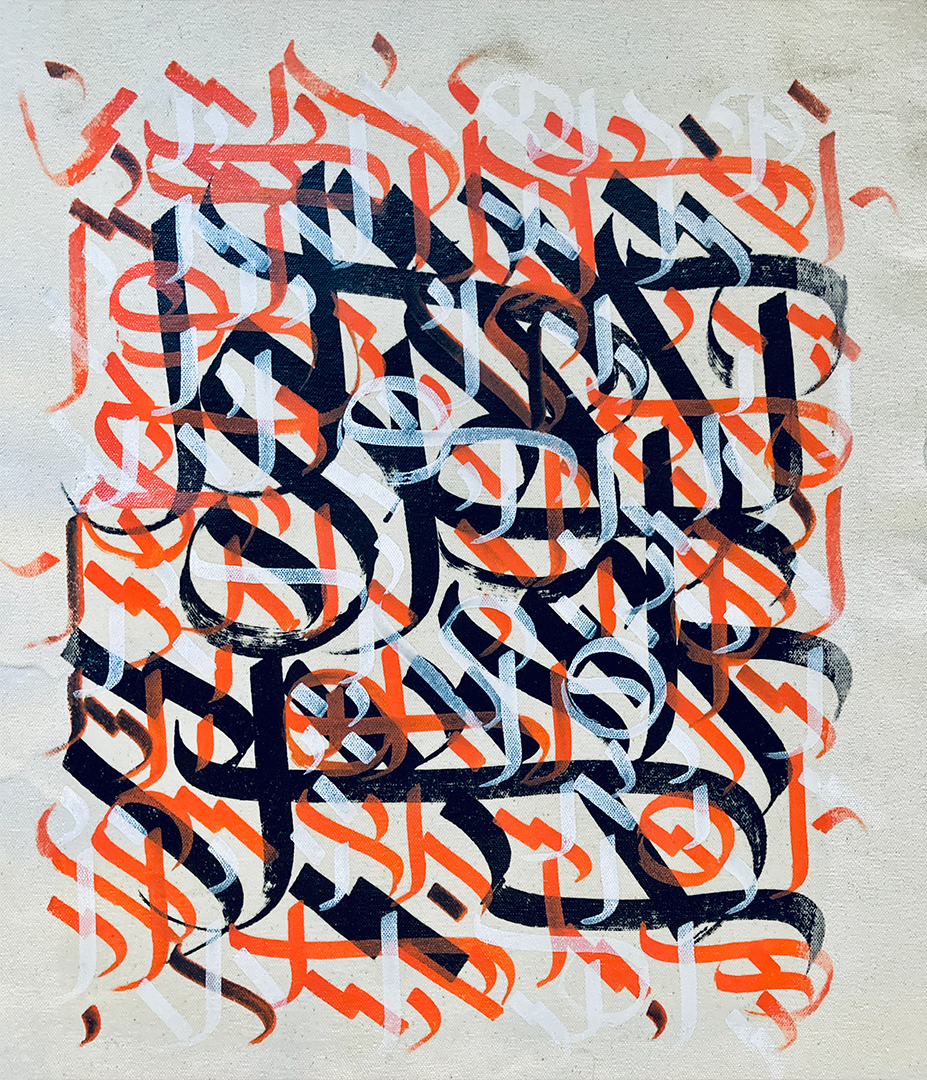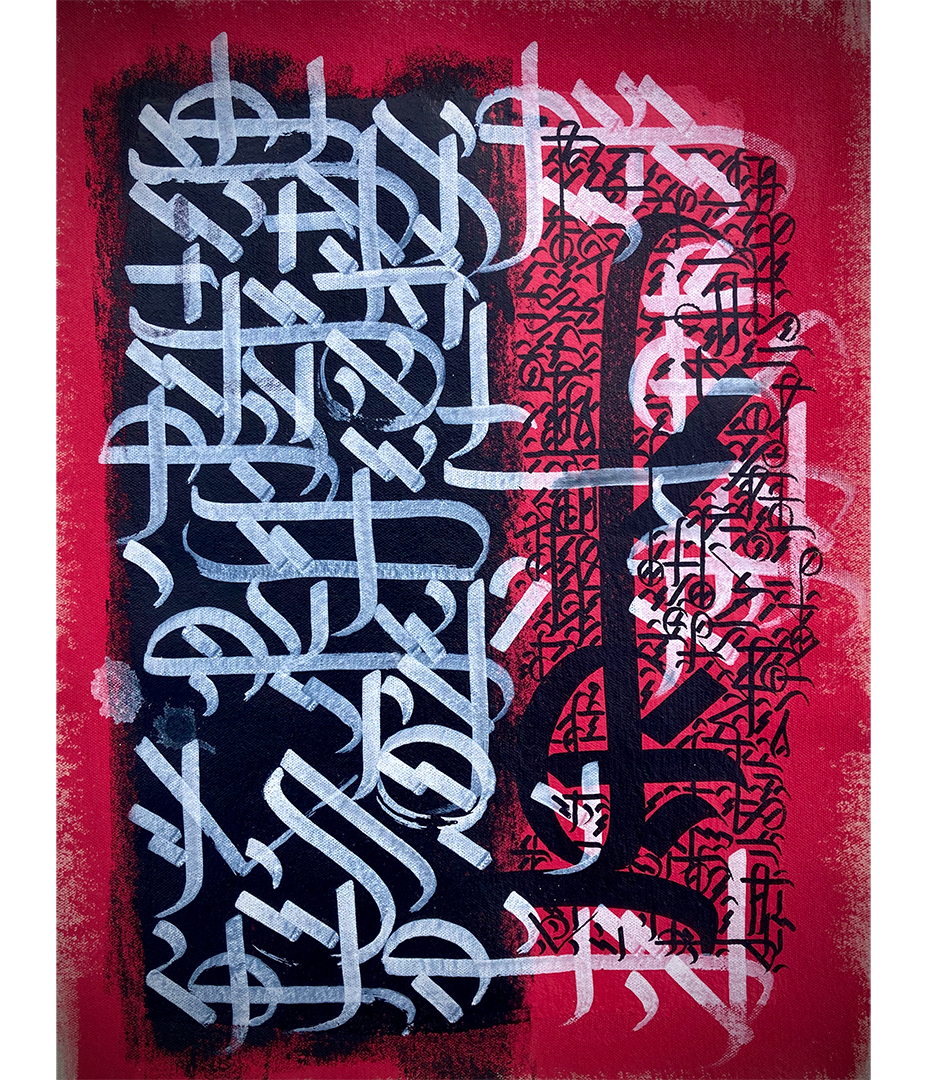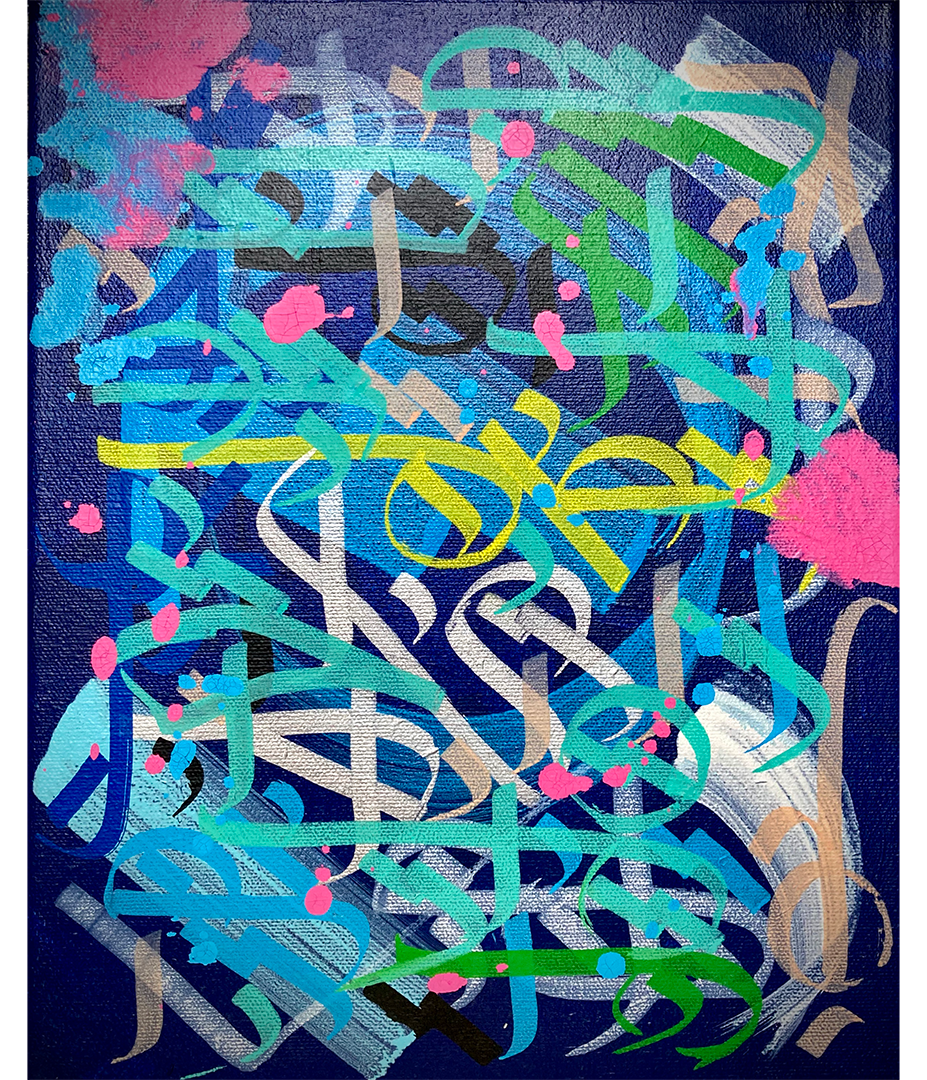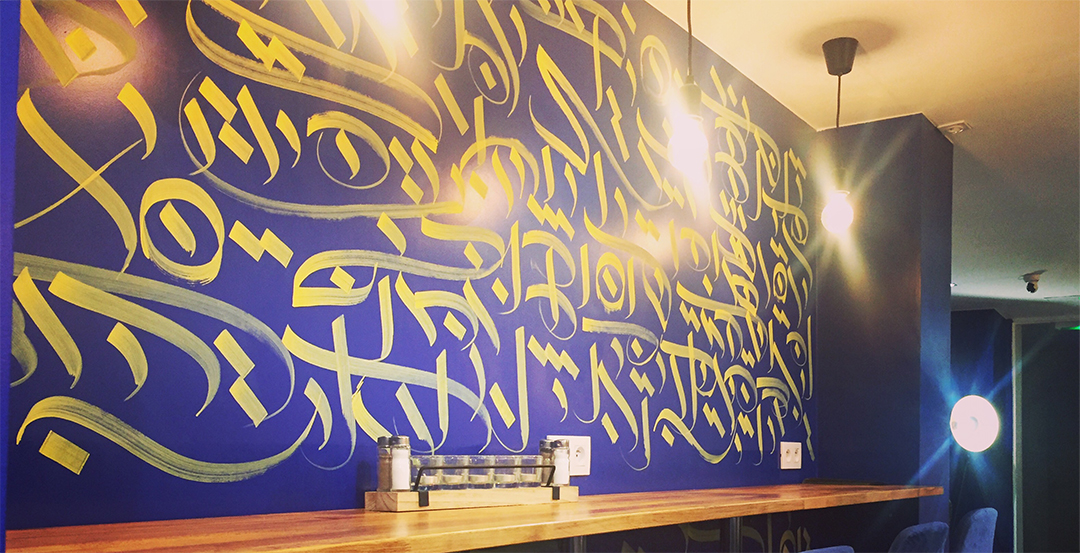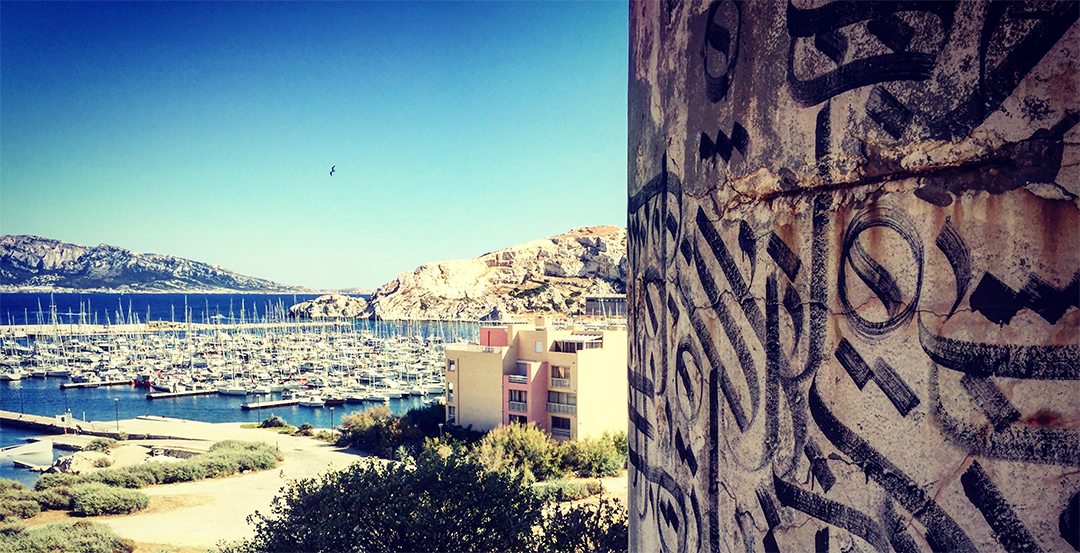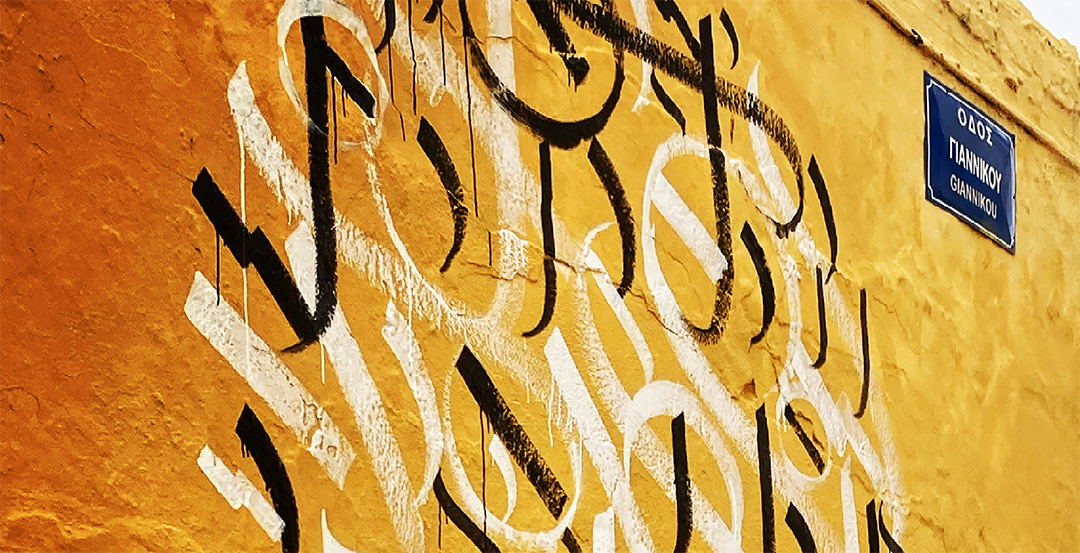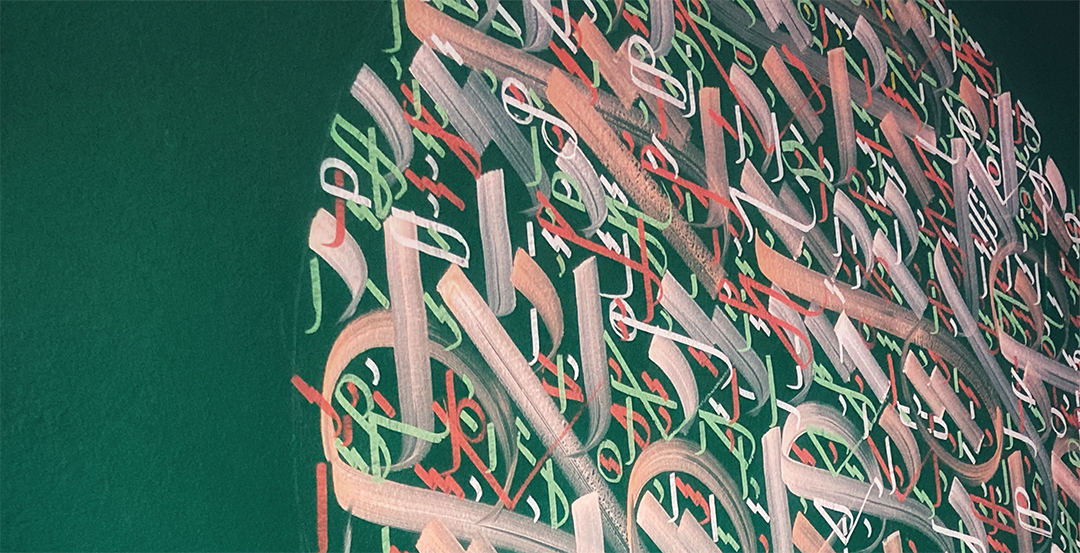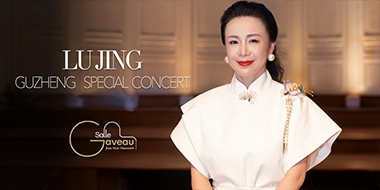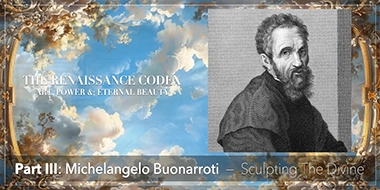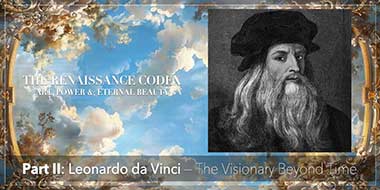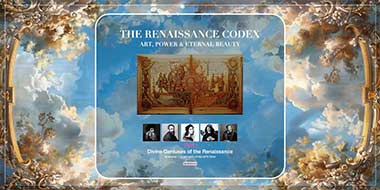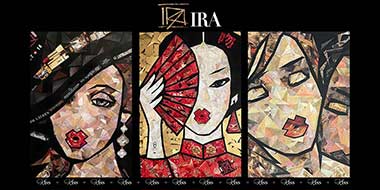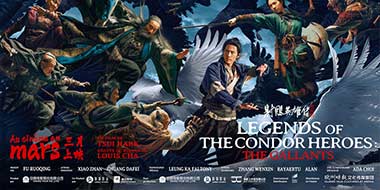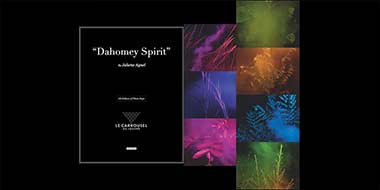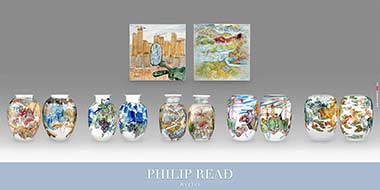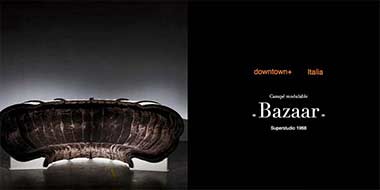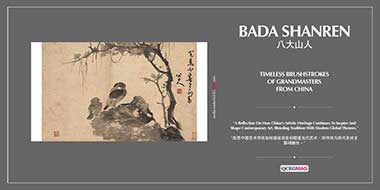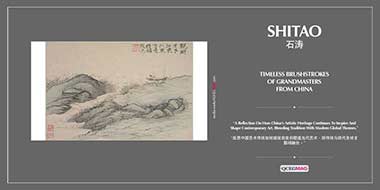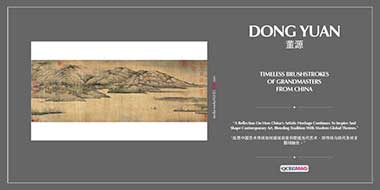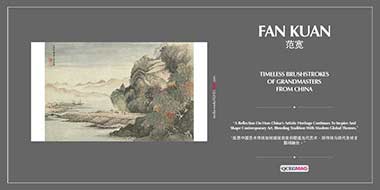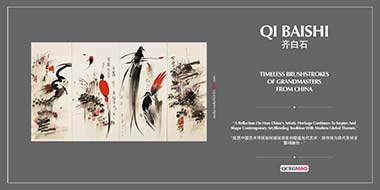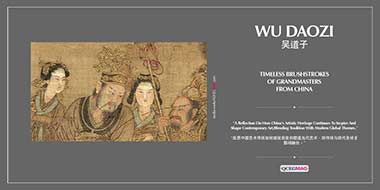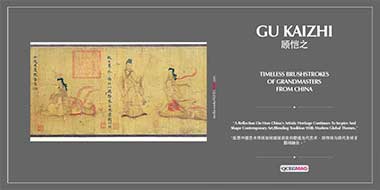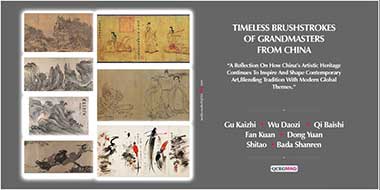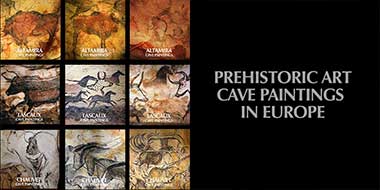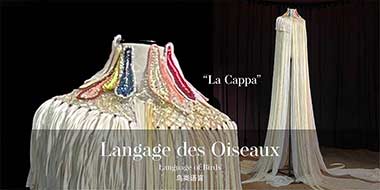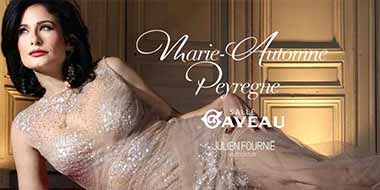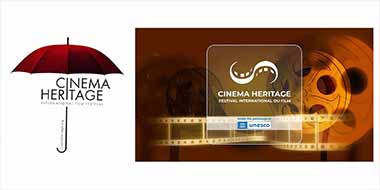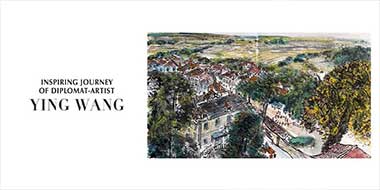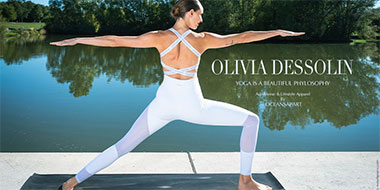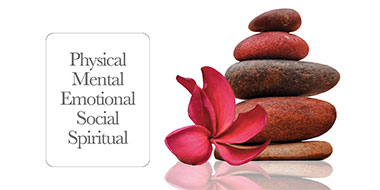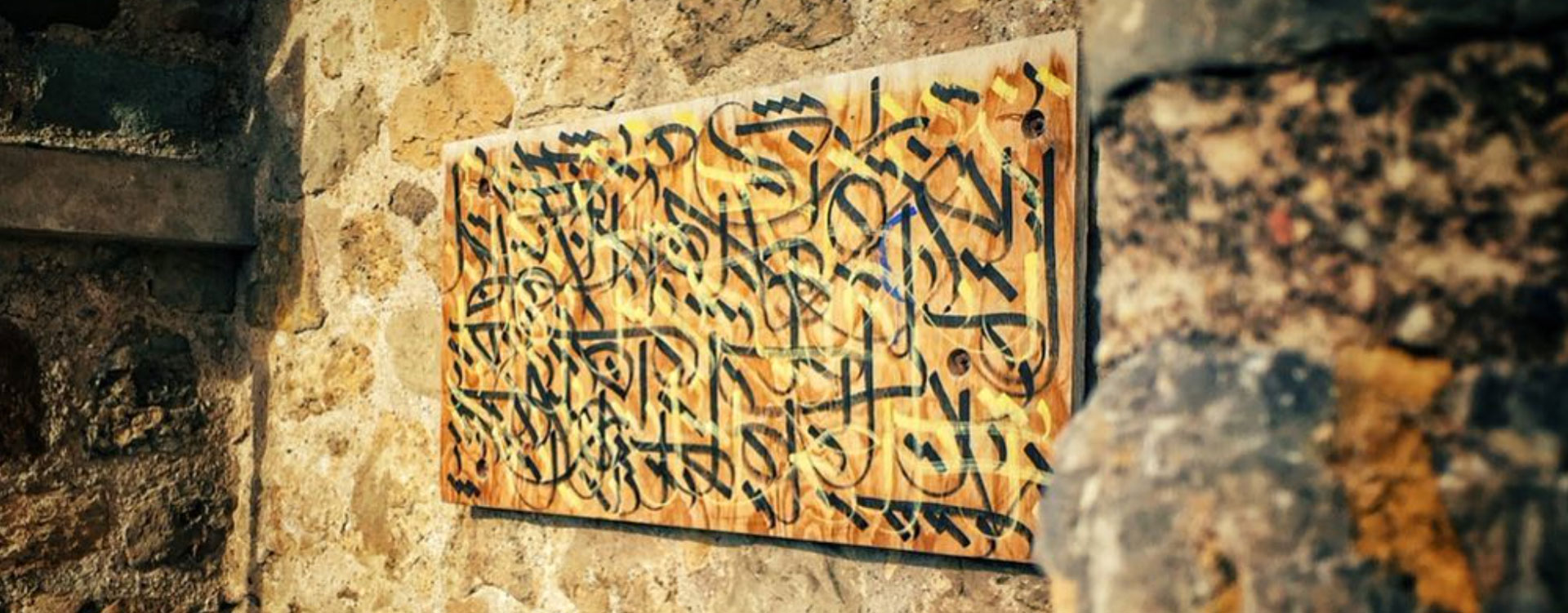
RamZ
“Arabic Letters & Graffiti”
RamZ's roots are a combination of French and Tunisian. He was born in Paris and his taste for art started at a very young age. During the many voyages to Tunis with his parents, he developed his love for Arabic calligraphy.
Today Ramz's career has taken off in a big way. With the mixes of his various artistic techniques, he combines Arabic letters and graffiti.
One can not help but be drawn to the movement of the paint which is identified as a record of the artist's energy and creative force, with meanings that can only be determined by the artist.
The beauty of expressive calligraphy abstract art is inspired by Ramzi's dual nationality. We see a dynamic combination between a mix of art and traditions in his painting, influenced by cultural diversity. An original language that is for everyone to interpret in their way.
His artistic path has led him to travel around the globe, creating art that has made a real impact and is accessible by all. His art provides a range of symbols and ideas and with his street art and painting, he now ventures on to videos and clothes so his artwork certainly portrays the message which he firmly wants people to understand, which is based on his sensitivity and love for a united world.
Ramzi's is in Greece at the moment where he is working on murals and various art projects. We are very pleased that we can catch up with him for an interview.
— Suna Moya

"Art Is The Way
To Connect People
And Cultures Together"
- By RamZ 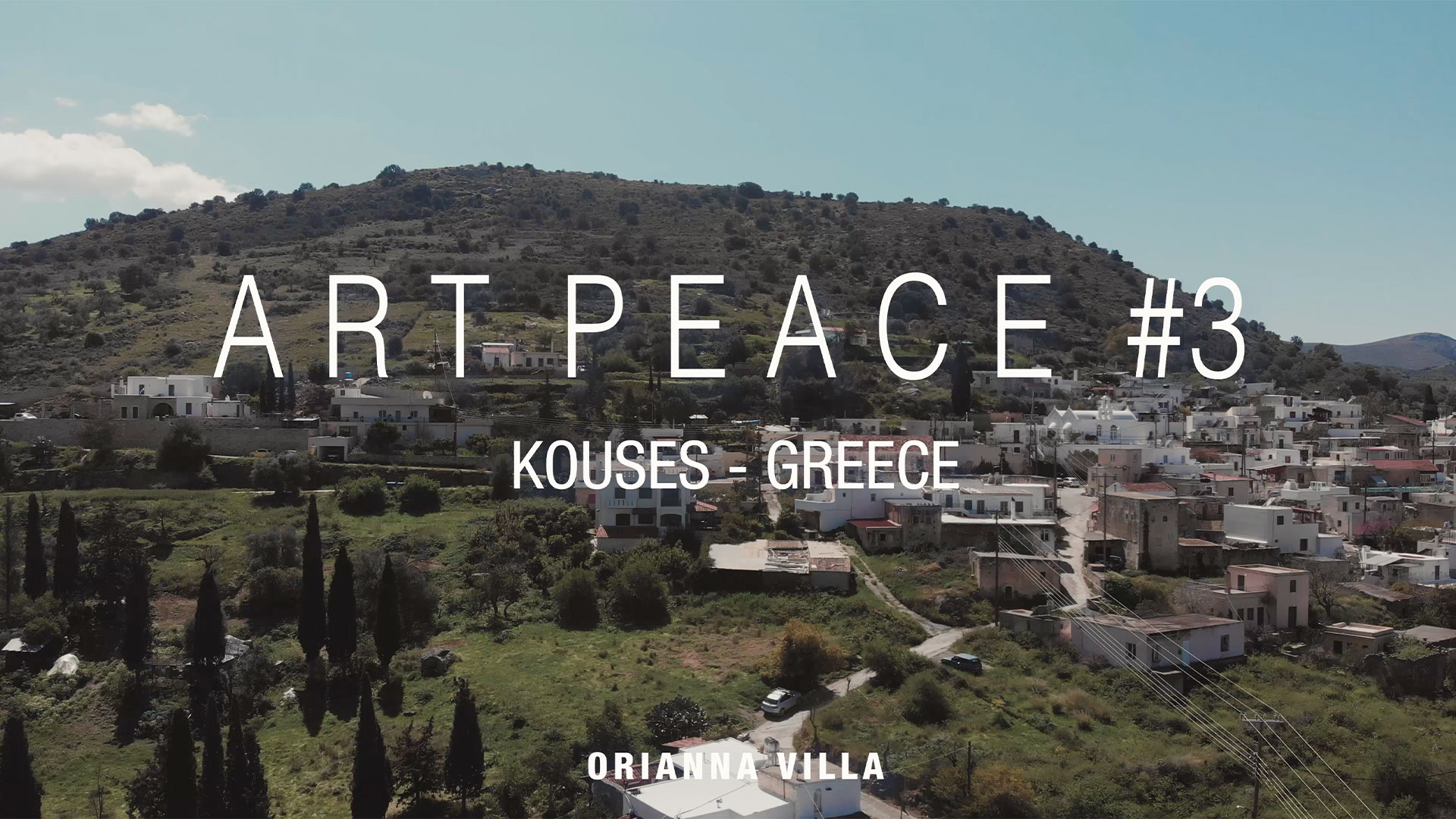
RAMZ - Street Artist

What was the first image that you admired as a child?
I was attracted a lot by Arabic letters: the strength they give off. It was more than a script for me.
Who or what were your early influences and when and how did you start making calligraphy paintings?
I remember that I was fascinated by H. Massoudy and S. Moussawy artworks. Both are Iranian modern calligraphers. When I was 17, my sister offered me S. Moussawy’s book for my birthday and I met H. Massoudy in his studio a few months later in Paris. No doubts, that motivated me a lot for the future. Calligraphy paintings came later when I decided to include my West culture in calligraphy and after my classic Arabic calligraphy learning with A. Djouambi and Y. Duradera masters in Paris. I was more than 20 years old.
What, in your opinion, is the hardest and the most rewarding part of doing calligraphy?
Learning calligraphy is a lot of investment and practising time. Calligraphy is an art and more: you learn about yourself, about your mistakes and how to be patient to get stronger. It helps me a lot in my life. Every day is challenging.
Who or where do you take your inspiration from?
Tell us something about your painting techniques.
I take my inspiration from people and travelling. I think that you can not improve your art if you stay in the same area. Meeting people and new cultures make you stronger. That opens your vision and inspires you. I work a lot with different lettering layers. That symbolises my mixing culture. The goal is not to be read. We say that script draws letters while calligraphy draws the meaning of the word. That’s why my art became abstract over the years even if I use lettering. You can read with your sensitivity and interpretation even if it is Arabic letters.
How would you describe your style?
I do not consider myself as a calligrapher but more like an artist who uses the soul of Arabic calligraphy mixed with an urban touch. I prefer to name it calligraffiti, a mix between my East & West cultures.
How has it evolved throughout the years
In the beginning, my art was more classic with generally a message written. Over the years my style became more abstract and urban.
I wanted to get back to my first calligraphy contact: indeed, when I discovered Arabic letters I could neither read nor write, but I was fascinated by the aesthetics of Arabic letters. I consider that everyone can read, interpret and appreciate calligraphy with its sensitivity even if they do not read Arabic.
What is the biggest challenge you have faced as an artist?
I think that the biggest challenge is to believe in what you do and in yourself first. After that everything is possible. It is the hardest and biggest challenge.
What is the most rewarding aspect of being an artist?
To be an artist is a lot of hard work, doubts, failure, risks, discipline and sacrifices. People do not see that. But the feeling that you like what you do is bigger than the rest.
What mediums do you utilise in your works?
Most of the time I use ink and acrylic paint but nothing is set in stone. I Like to try new things and I think that routineness kills inspiration.
How important is symbolism?
Symbolism is my language, my identity and also my way to be connected with people. Just for the story, “Ramzi” means symbolic and my artist name is “RamZ” which means symbol. Destiny or coincidence.
What would you consider more important in your paintings — the use of text or application of paint?
I consider an artwork like one, like a unit.
I do not make a difference. Both are central.
When did you decide to make a career in it?
To be honest I never thought that one day I will be an artist. I was attracted a lot by art and Arabic calligraphy but it was not in the plan. It was just a hobby in the beginning.
Most people think that being an artist is not a job but they envy you when you reach your goal and they forget all the sacrifices you made for that.
My family and my friends supported me to never give up. When opportunities came to me I understood that I was made to do something with art. That was the click.
Did you focus more on the street-art aspect of your work or on creating pieces that could be exhibited in galleries?
I focus on both and both are important. But street art is a different way to promote art because it happens in public space. When I finish painting a wall the artwork no longer belongs to me but belongs to everybody. It is also the best way to make connections with people.
Street art is a good way to challenge yourself and your art. Painting on a canvas is not the same as painting on a wall. It is the opportunity to see your art bigger and to push back your limits.
What do you think makes a successful calligrapher?
To be a successful artist or calligrapher you need one thing: hard work!
What helped you progress? Hard work and meeting inspiring and positive people. It helps me a lot to progress.
Does architecture or ideas of spaces have any influence on your work?
Of course. Painting in the public space gives you new dimensions and opens the field of possibilities. It is a good way to push back your art limits.
Do you have other artistic hobbies?
I would like to but I do not have time. When I do something I invest myself a lot. If I can not I prefer not to do the thing. I would like to learn piano.
ell us about your experience on your many TRAVELS throughout the world… How did you fit in with the local scene? And has it helped in adding to your work development?
As I said, travelling is inspiring. It is a good way to renew your art and yourself.
When I travel I always have the project to paint a mural in the public space to make connections with people. Art brings people and cultures together. When I recently painted my first wall in Greece, I remember that the neighbourhood brought me some drinks and food. Now I know most of the people in the area and most of them are friends. It was an artistic and nice human experience.
Are there any social or cultural activities you are participating in that you want to talk about?
Every year I work in partnership with schools for workshops with kids and teenagers. It is nice to share my experience and see what they think about it. It is enriching for me and them. I also work with the dancer Alexia Traore on a theatre performance mixing dance and calligraffiti named “WISSAL”.
How does your work relate to your everyday life?
My everyday life turns around my work, my objectives, my family and friends and positive energy.
And finally to wrap up this interesting conversation, what are your plans for the future?
To push back my limit is the best plan for the future. Stay tuned. New things are coming...


